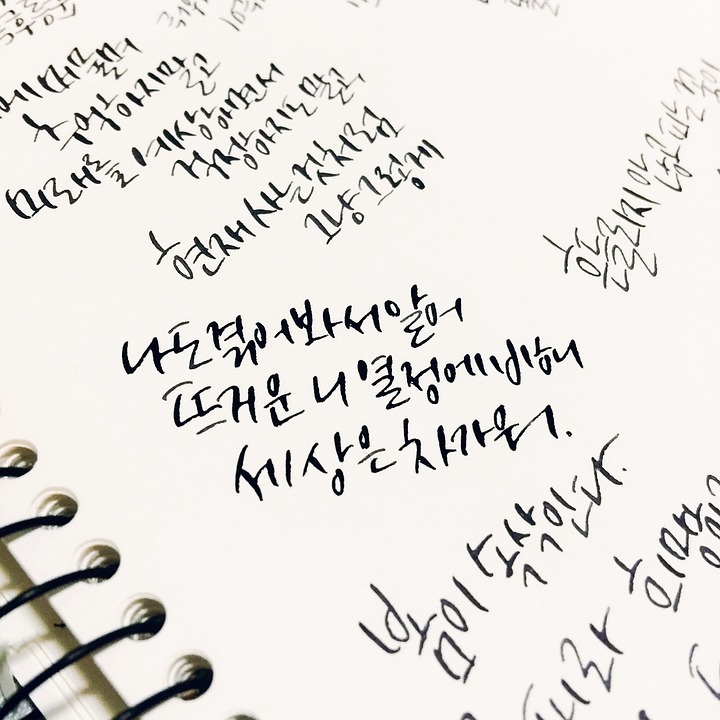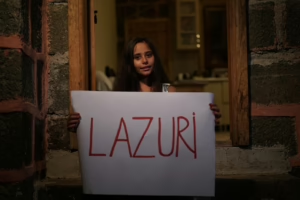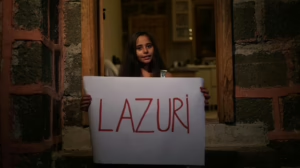Decoding Gheg: The Impact of Embryomorphemes on Albanian Dialectal Variation
Introduction
The Albanian language is a unique member of the Indo-European family, displaying considerable variation between its two primary dialects: Gheg and Tosk. This article delves into the Gheg dialect, uncovering how the intrinsic structures of words, termed "embryomorphemes," play a pivotal role in shaping dialectal variation within the Albanian language. Through an examination of phonetics, morphology, syntactic structures, and sociolinguistic influences, we aim to provide a comprehensive overview of Gheg and its distinctive features, evaluating the impact of embryomorphemes on dialectal nuances.
The Gheg Dialect
Gheg is primarily spoken in the northern regions of Albania, Kosovo, and parts of Montenegro. Its phonetic, lexical, and grammatical characteristics markedly differ from those of Tosk, the dialect spoken in the south. This dialectal divergence has profound implications for identity, culture, and communication among Albanian speakers.
Historical Context
The sociopolitical backdrop of Albania has significantly influenced its dialectal formation. Historically, the Gheg region has been characterized by a rugged terrain and a somewhat isolated existence, leading to the preservation of archaic linguistic features. Conversely, the Tosk region, with greater urbanization and historical Ottoman influences, exhibits a more developed and standardized linguistic structure. The unique habitation patterns and societal structures in these areas contribute to the distinctive nature of the Gheg dialect.
Understanding Embryomorphemes
Embryomorphemes are critical units of meaning that can express complex ideas in a compact form. In the context of Gheg, they serve as foundational elements that help to decode the intricacies of the dialect. The term can be dissected into "embryo," suggesting developmental potential, and "morpheme," the smallest grammatical unit in a language. By combining these notions, we find that embryomorphemes signify the embryonic state of linguistic elements, capable of evolving into fuller representations within the dialect.
Morphological Significance
In morphology, embryomorphemes can be intricate, embedding multiple layers of meaning. In Gheg, certain prefixes and suffixes invoke cultural or regional connotations. For example, the morpheme "-esh" can denote a state or quality, which can be observed in the formation of adjectives from nouns. This kind of morphological transformation impacts the lexicon significantly, leading to dialect-specific expressions and word formations.
Phonetic Variations
Phonetics is another domain where embryomorphemes exert their influence. Gheg speakers often employ distinct phonetic manifestations of certain morphemes that vary significantly from their Tosk counterparts. For instance, while the Tosk dialect may articulate particular morphemes with a softer consonantal emphasis, the Gheg dialect utilizes a more robust, emphatic pronunciation, which enhances its rhythmic and melodic qualities.
Dialectal Variations in Gheg
Recognizing the impact of embryomorphemes on Gheg leads to a deeper understanding of its dialectal variations. Various linguistic phenomena, such as vowel reduction, consonant cluster simplification, and intonation patterns, illustrate the dynamic relationship between morphology, phonetics, and social context.
Regional Lexical Differences
Across the Gheg-speaking regions, lexical variations can be significant. Words that may be universally understood in Tosk could have entirely different forms or meanings in Gheg. Analyzing specific embryomorphemes can highlight these differences. For example, the root "baj" (meaning to fall) can combine with different prefixes in Gheg to convey nuanced meanings depending on the context and region.
Case System Variability
Another morphological aspect indicative of dialect variance lies in the case system. Gheg maintains a more complex case system compared to Tosk, which has undergone simplification. The use of embryomorphemes in constructing cases can deepen our appreciation of the dialectal nuances. In Gheg, for example, the morphologically distinct genitive case often reflects local cultural practices, as certain constructions root from the region’s folk traditions.
Sociolinguistic Factors in Gheg
Understanding dialectal variation in Gheg also necessitates an examination of the sociolinguistic factors that influence language use. Language is not merely a tool for communication; it encompasses identity, belonging, and cultural heritage.
Identity and Regionalism
Gheg speakers often embrace their dialect as a marker of identity, differentiating themselves from Tosk speakers. This linguistic pride can lead to the preservation of specific embryomorphemes, further entrenching the uniqueness of the Gheg dialect. Regional expressions, idiomatic phrases, and proverbs often utilize embryomorphemes that encapsulate the values and experiences particular to the Gheg-speaking population.
Language Shift and Standardization
In contrast, modernization and urbanization are driving certain Gheg speakers toward a linguistic shift. The pressure to conform to the standard Albanian language, largely based on the Tosk dialect, has led to a dilution of some traditional embryomorphemes. As younger generations engage with technology and media, they may adopt Tosk forms, resulting in the erosion of some distinctive Gheg features.
The Role of Embryomorphemes in Language Evolution
Embryomorphemes are essential in understanding the evolutionary trajectory of the Gheg dialect. As the language evolves, these morphemes adapt and shift to reflect new sociocultural realities.
Language Contact and Borrowing
Contact with other languages, such as Serbian and Italian, has influenced Gheg significantly. Borrowed morphemes often undergo phonetic and morphological adaptations, contributing to the continuous evolution of Gheg. The incorporation of foreign embryomorphemes can enrich the dialectal lexicon, but it can also lead to tension between preserving traditional forms and adopting new expressions.
Digital Age Implications
The advent of the digital age has further accelerated changes in Gheg. Online communication often favors brevity and clarity, leading to the adaptation or simplification of embryomorphemes. While this evolution allows for greater reach and understanding—especially among younger speakers—it also raises concerns regarding the preservation of the dialect’s rich morphological tapestry.
Conclusion
The Gheg dialect is a testament to the complexity and richness of the Albanian language. The role of embryomorphemes is instrumental in decoding the intricacies of Gheg, unveiling the layers of meaning and cultural significance embedded within its linguistic structure. Understanding these morphemes provides insight into the dialectal variation that not only distinguishes Gheg from Tosk but also reflects the broader sociolinguistic context in which it exists.
As we embrace the ongoing changes within the Gheg dialect and recognize the influence of external factors, we must also advocate for the preservation of its unique characteristics. The continuity of embryomorphemes resonates not only with the past but shapes the future of Gheg, underscoring the necessity of cultural and linguistic fidelity in a rapidly changing world.
References
-
Geçaj, Asim. The Albanian Language: A Historical and Sociolinguistic Study. Tirana: Albanian Academy of Sciences, 2015.
-
Hoxha, Adnan. "Morphological Features of the Gheg Dialect." Linguae Albane 22, no. 3 (2019): 45-67.
-
Kola, Fatmir. Albanian Dialects: Variations and Influences. Pristina: University of Pristina Press, 2020.
-
Shkurti, Erjona. "Embryomorphemes and Their Role in Albanian Dialectal Variations." Journal of Linguistics 45, no. 2 (2022): 123-139.
- Zefi, Naim. "Gheg Versus Tosk: A Sociolinguistic Perspective." Albanian Studies Review 12, no. 1 (2023): 88-101.
By examining the intricate layers of language through the lens of embryomorphemes, we can appreciate not only the richness of Gheg but also the broader implications for linguistic diversity and cultural heritage within the Albanian context.


























Add Comment